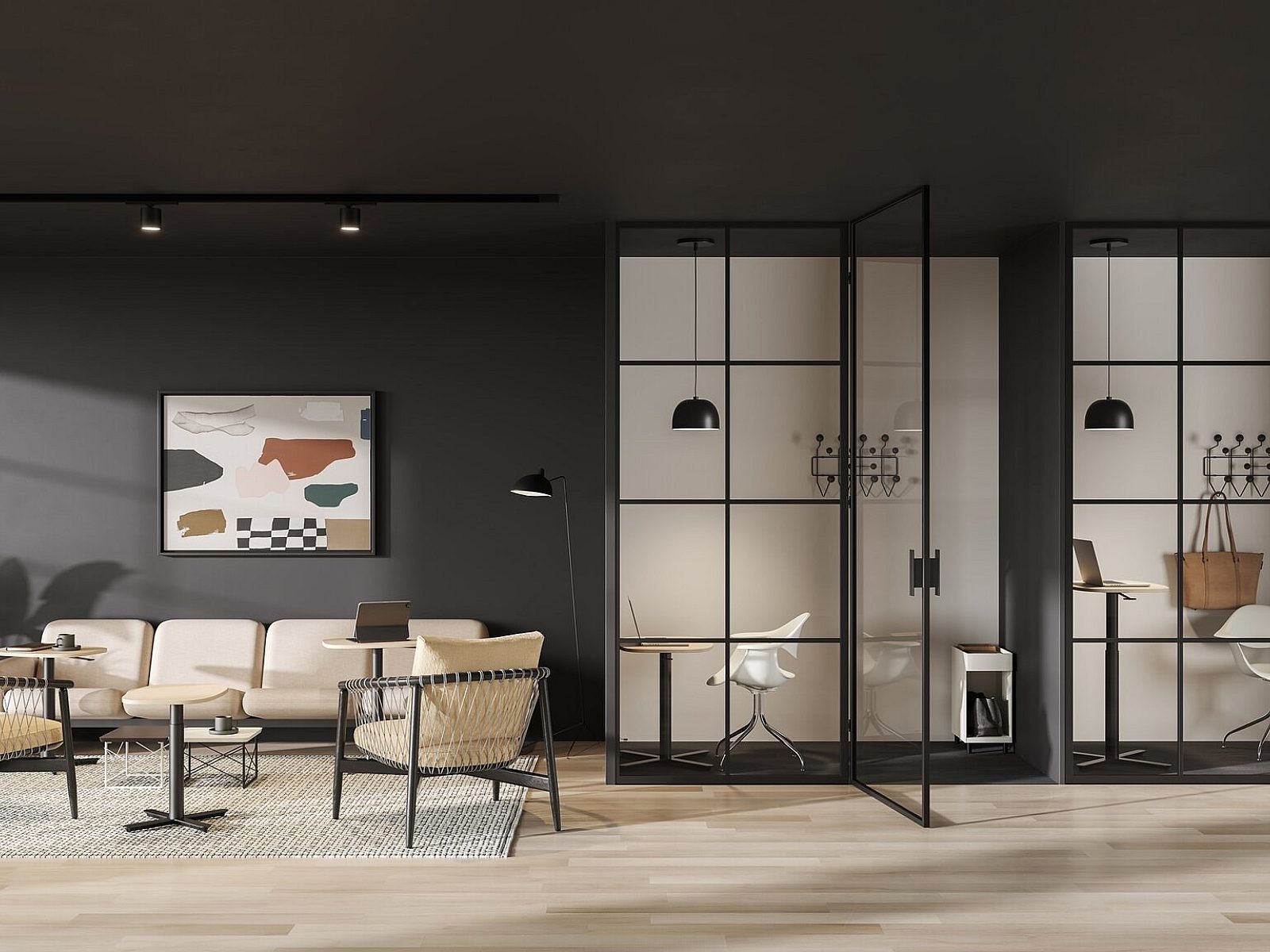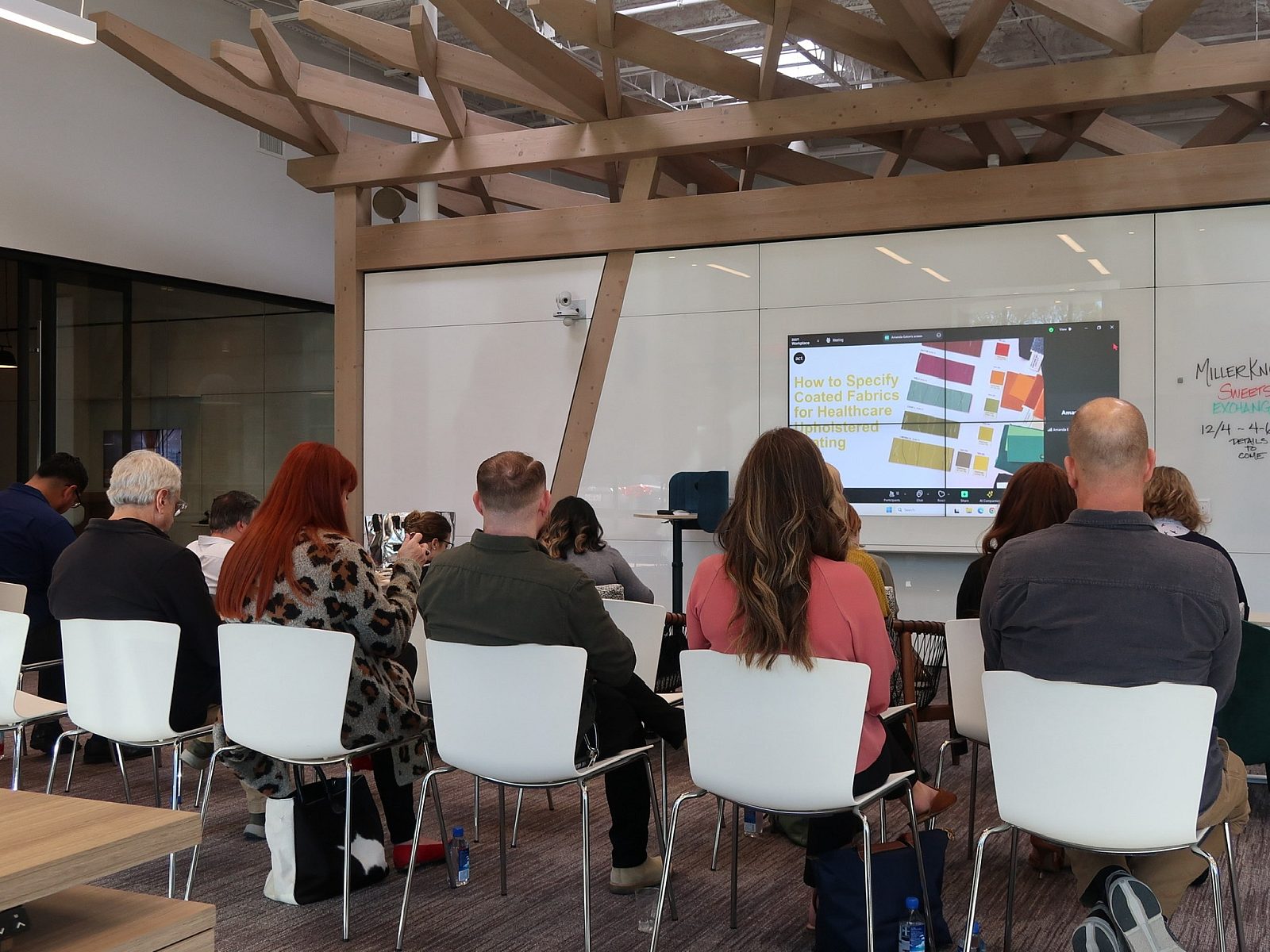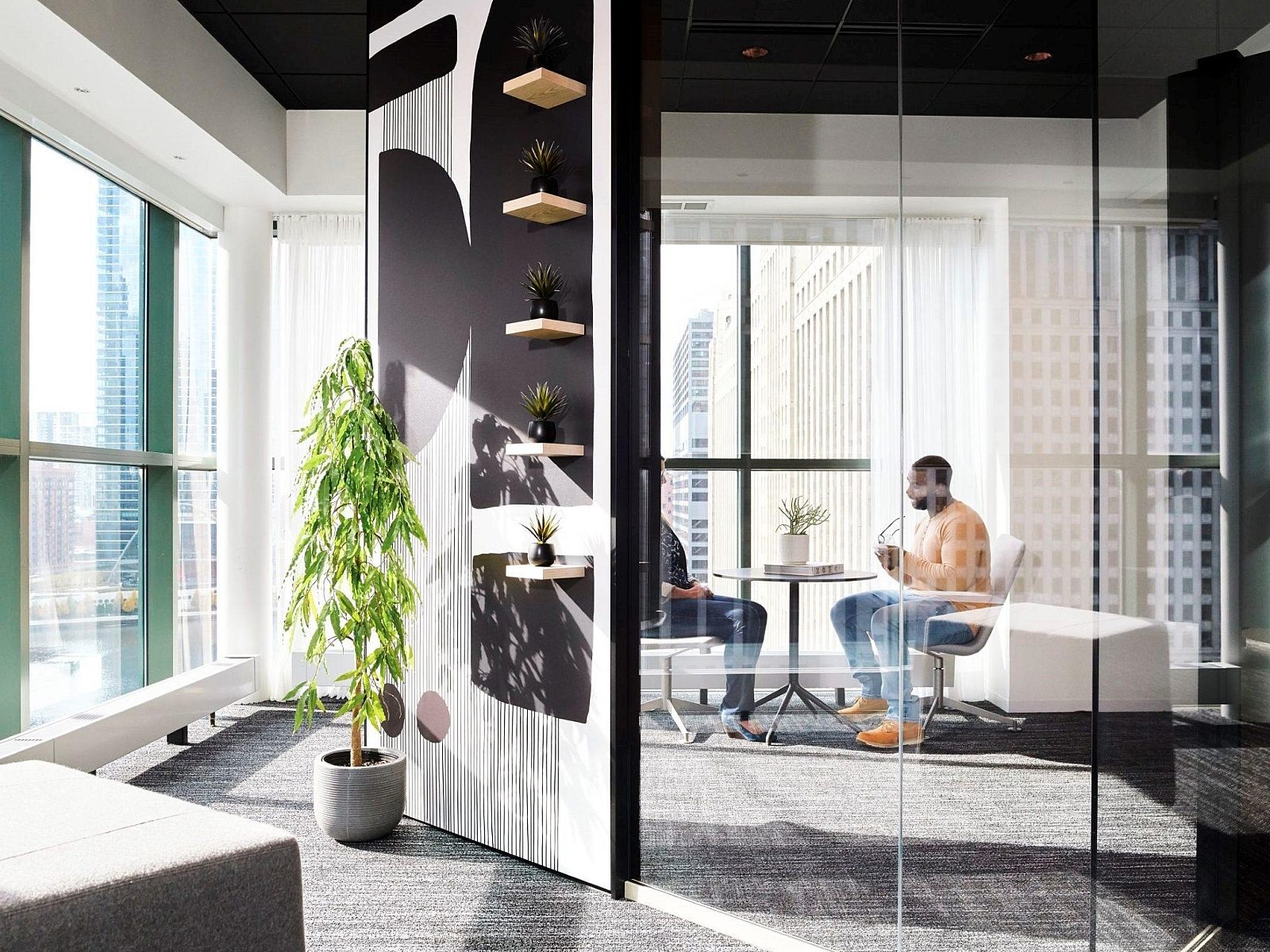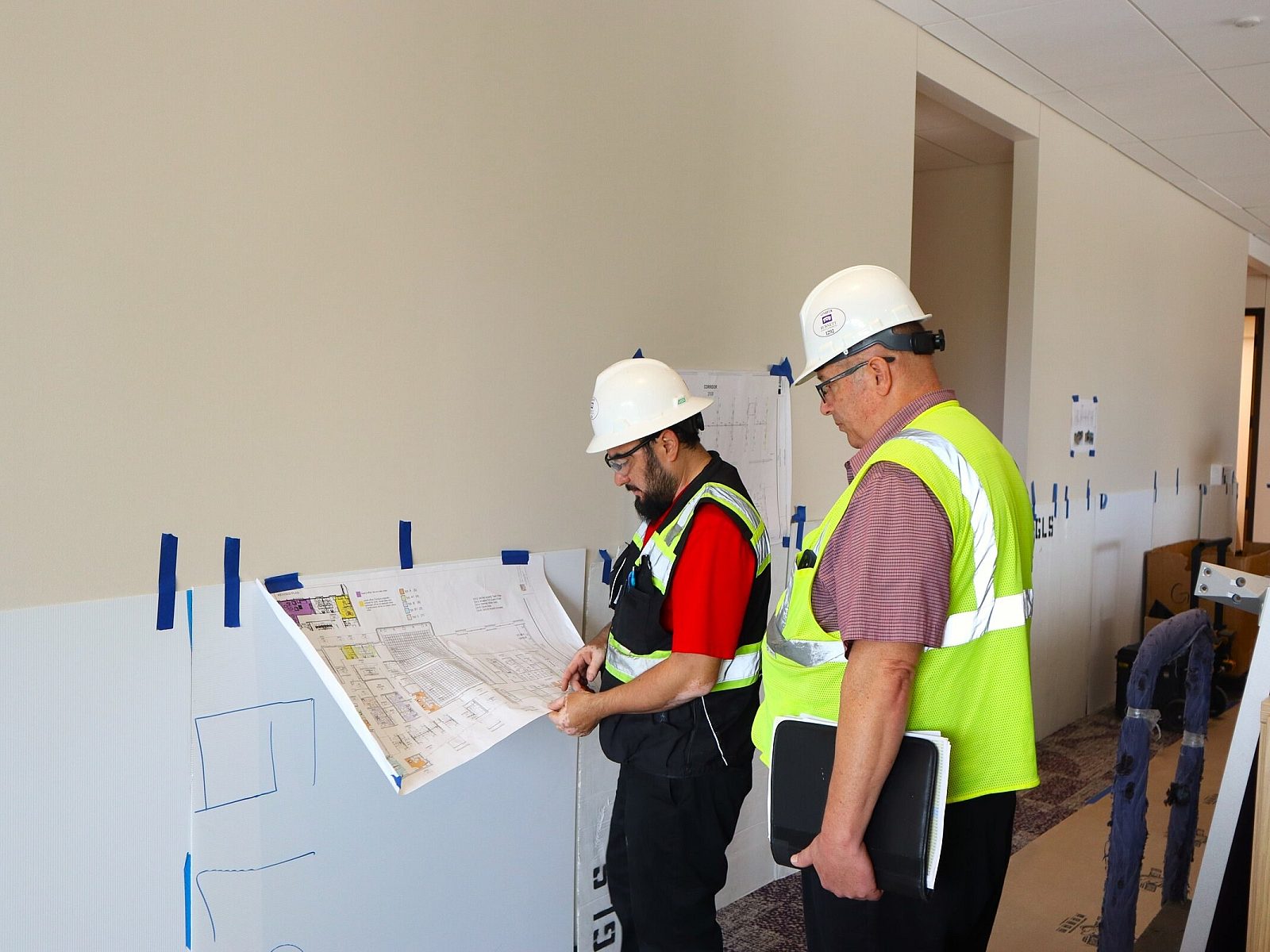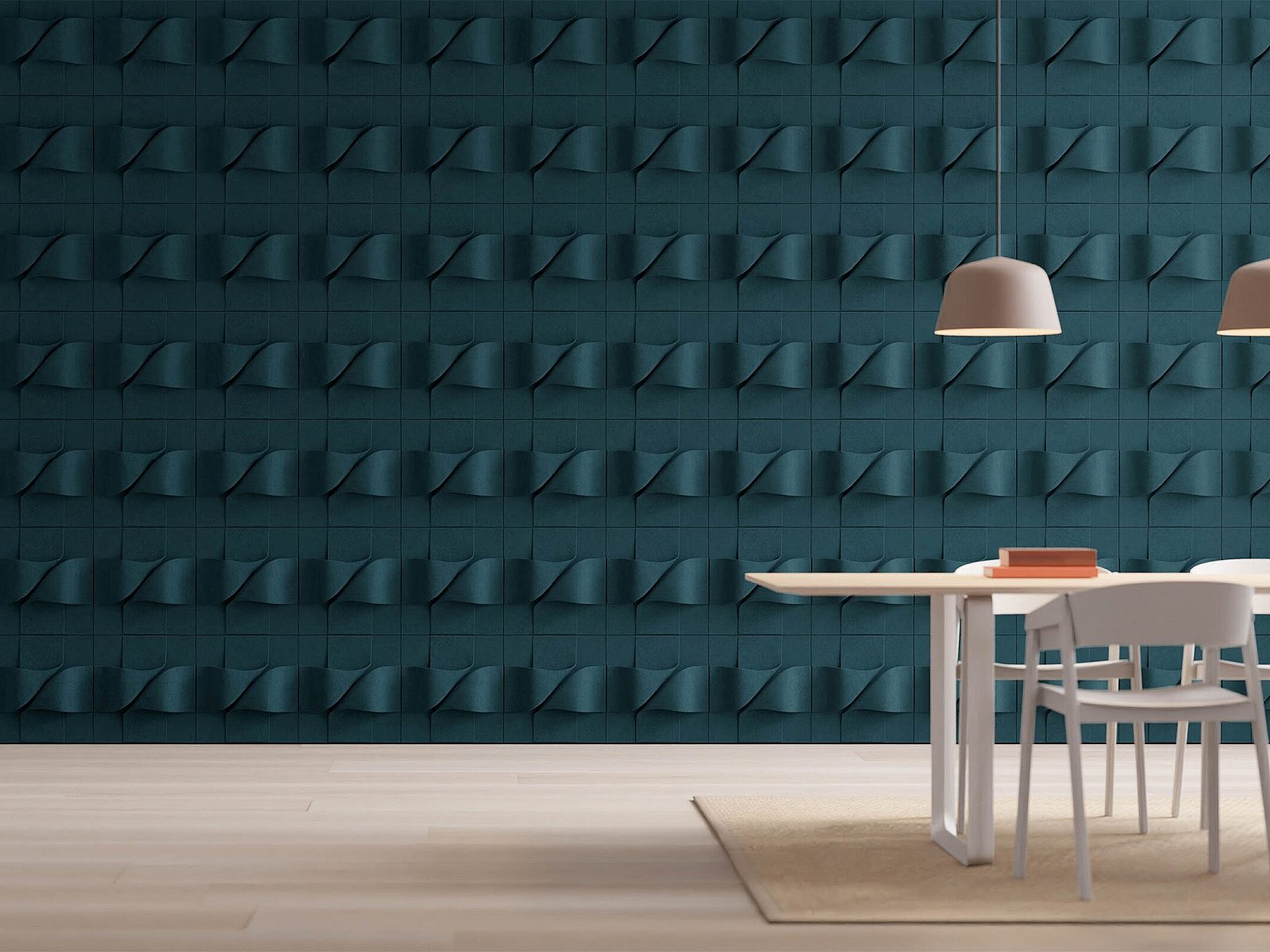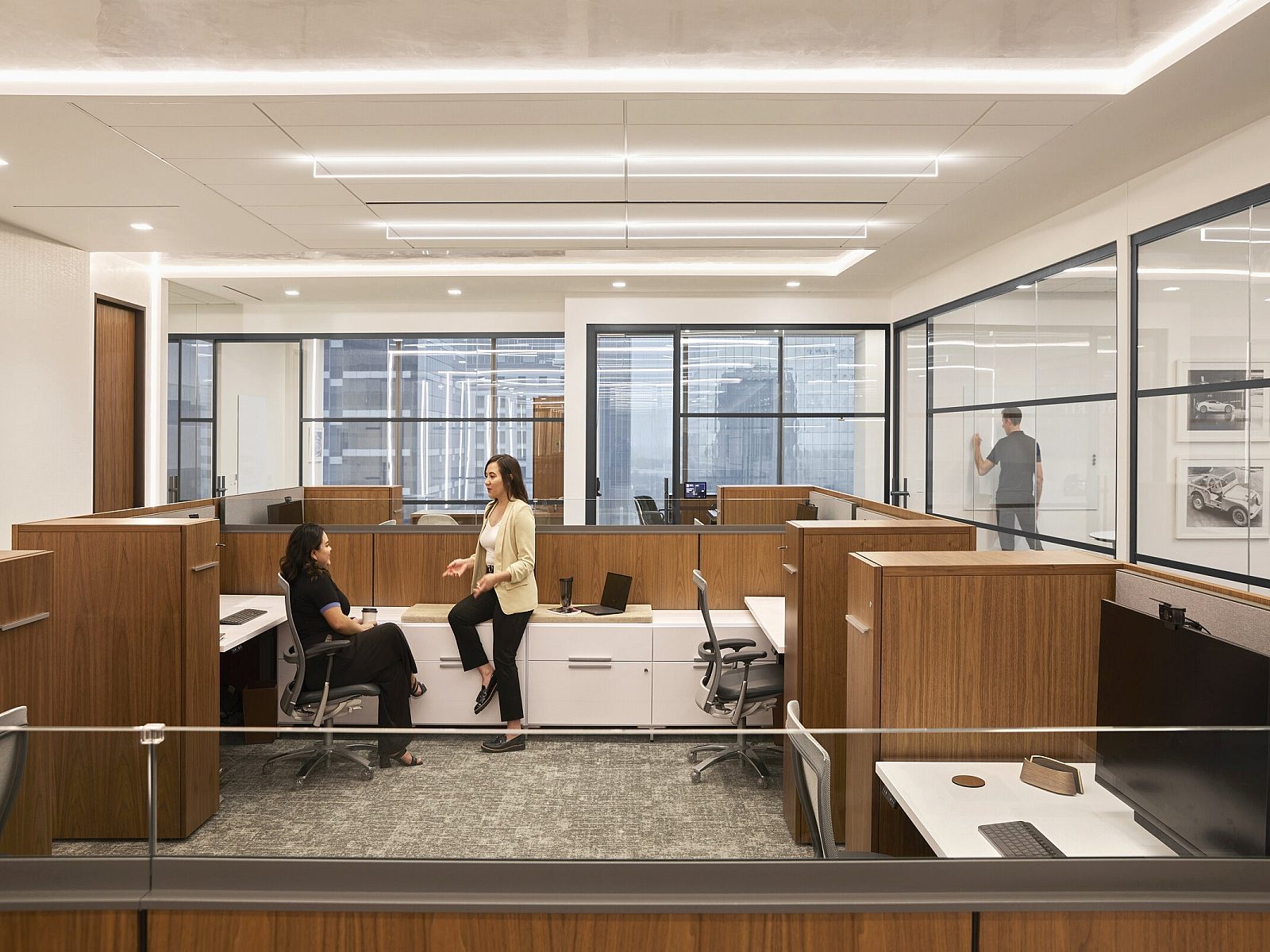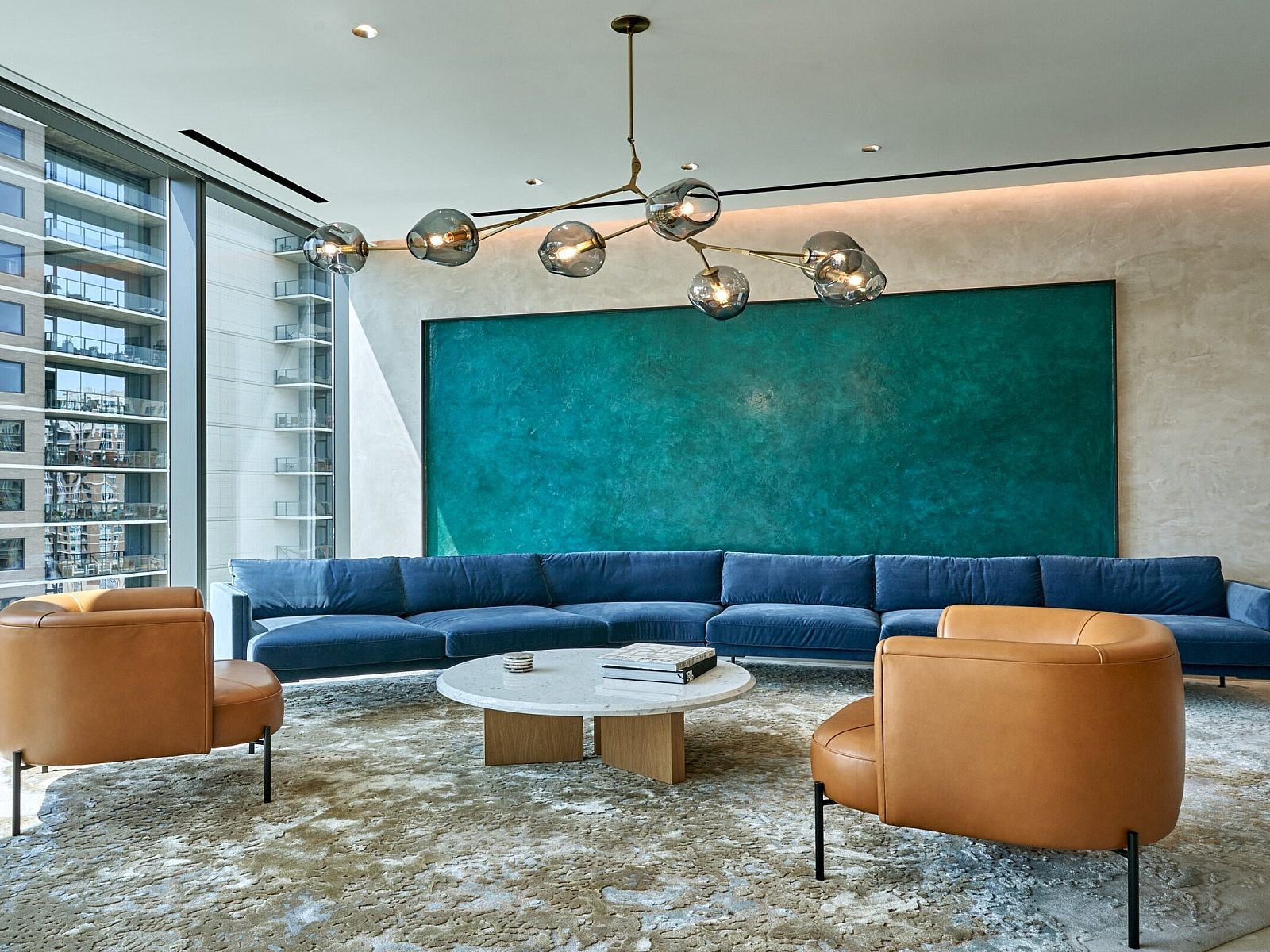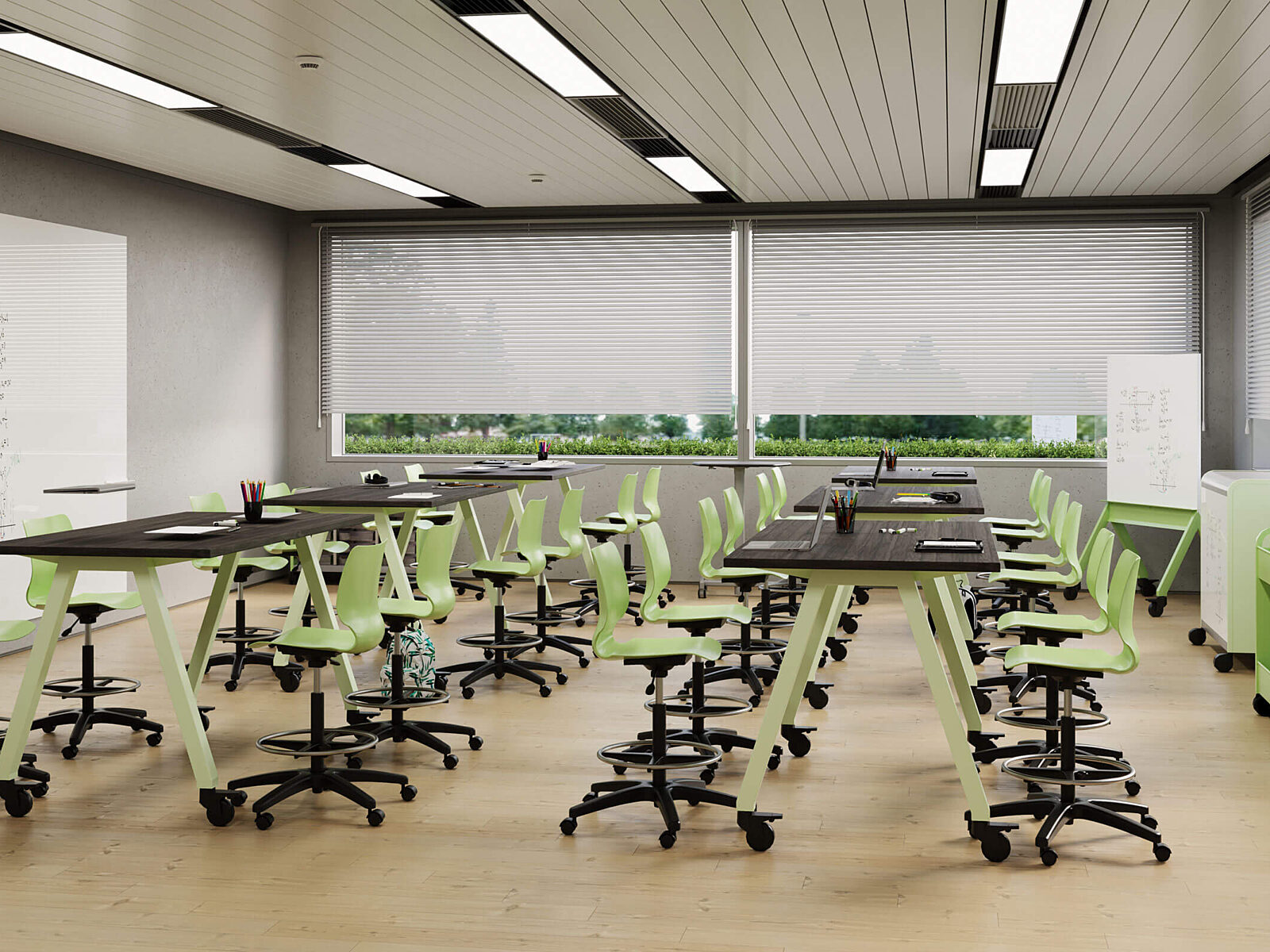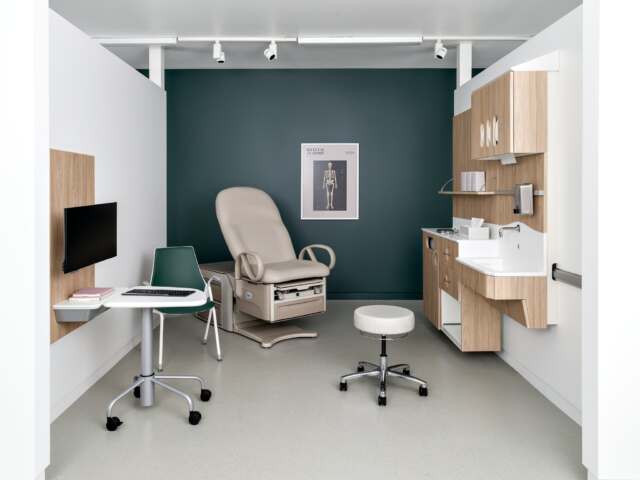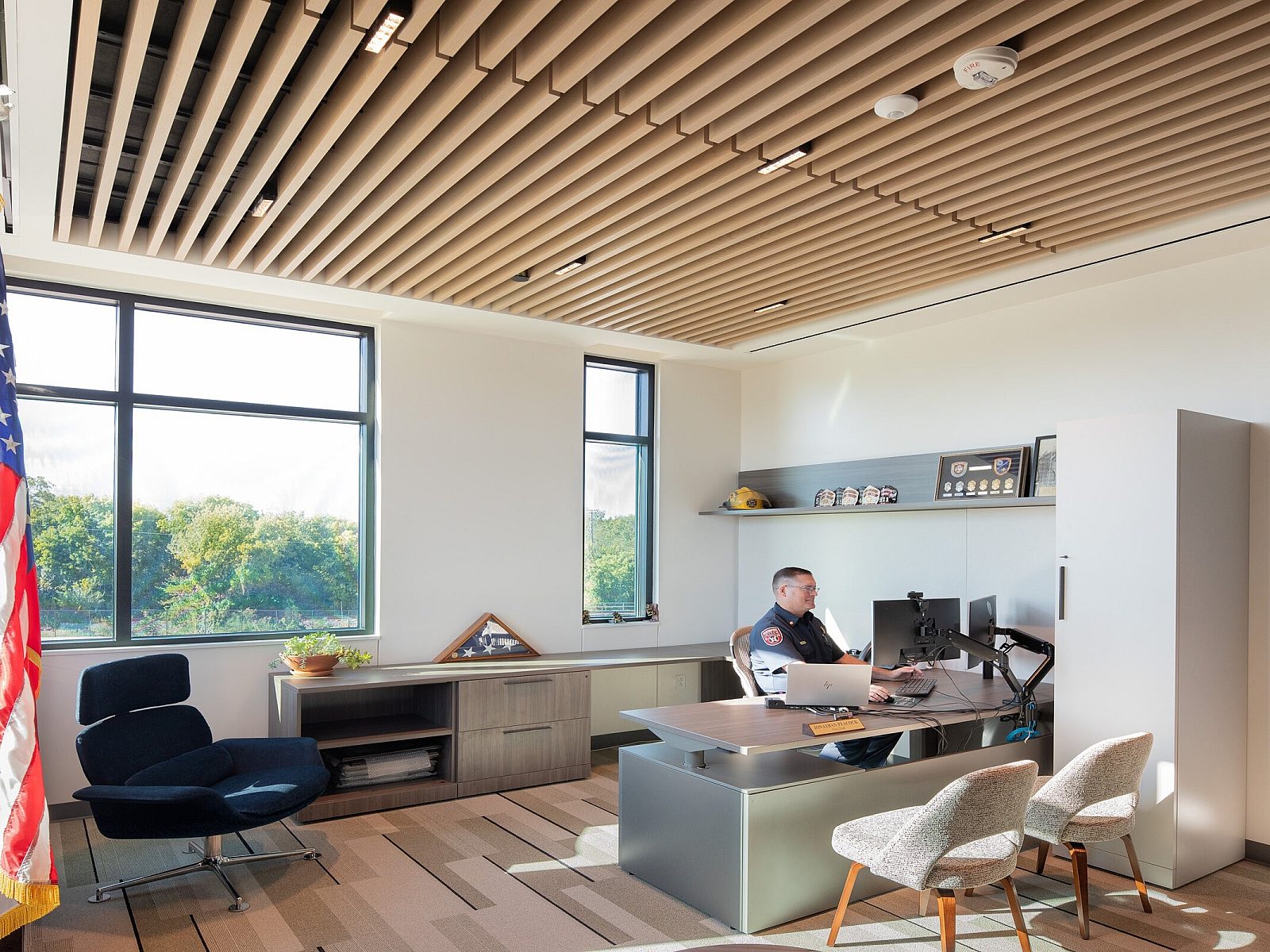Celebrating Florence Knoll Bassett
Paving the way for female leaders everywhere, Florence Knoll Bassett has left a legacy of elegant, timeless, and modern design. Read more now.

Celebrating Florence Knoll Bassett, Inventor of the Modern Office Concept
Awarding women due recognition for their lasting achievements shouldn’t have to wait for a special occasion. Nevertheless, Women’s History Month is a perfect time to shine a spotlight on those individuals who have advanced gender equality.
As a woman-owned and -managed contract furniture dealer, GL Seaman & Company has benefitted tremendously from the trail blazed by Florence Knoll Bassett. This visionary American interior designer, furniture designer, and entrepreneur revolutionized office design and popularized the modernist aesthetic in the United States.
Read on to learn more about the woman, her story, and what her legacy means for the women who lead our own company.
Building a Remarkable Life
Born in Saginaw, Michigan, on May 24, 1917, Florence Schust Knoll Bassett attended Kingswood School for Girls as a teenager and showed an early interest in architecture. While still at Kingswood, Rachel de Wolfe Raseman took note of Florence’s talents and chose to mentor her. Raseman ultimately asked her mentee to contribute to the interior and exterior design of her new home. This project resulted in Florence becoming very well acquainted with the Saarinen family, sparking a lifelong friendship with architect — and eventual collaborator — Eero Saarinen.
Florence chose to further her education at the neighboring Cranbrook Academy of Art, followed by a year of study at Columbia University. Having drawn the attention of professors and fellow students, Florence traveled to Europe to apprentice with some of the most groundbreaking architects of the time, including Mies Van der Rohe and Walter Gropius of the Bauhaus. However, Florence’s fragile health and the outbreak of World War II forced her to return to the United States earlier than anticipated.
Florence eventually settled in New York to pursue a career in architecture. There, she met an aspiring furniture businessman, Hans Knoll, in 1941. Hans was eager to hire Florence due to her extensive design experience, knowledge, and architectural connections.
In 1943, Florence launched Knoll’s interior design department: The Knoll Planning Unit. She and Hans married three years later. In addition to joining Hans in matrimony, Florence became a full business partner in his rechristened company: Knoll Associates, Inc. Together, the Knolls established their firm as an international trendsetter.
Professional Artistry and Creative Professionalism
Under Florence’s leadership, the Knoll Planning Unit set the standard for the mid-century modern design aesthetic. In the process, she created (or brought to market) pieces that have since become iconic representations of post-war American culture. Many of those chairs, desks, tables, and credenzas remain pillars of the Knoll portfolio to this day.
But Florence did far more than redefine the look of the modern workplace. She also served as a kind of patron, commissioning furniture from sculptors such as Harry Bertoia, Isamu Noguchi, and Hans Bellman. She also licensed pre-existing designs, as in the case of her former teacher Mies van der Rohe and his Barcelona chair. These practices ensured that Knoll’s designers received both public credit and compensation for their work.
Perhaps more importantly, Florence also originated an entirely new profession: interior designer. In a famous 1964 interview with The New York Times, she even went so far as to say, “I am not a decorator... the only place I decorate is my own house.” Florence was acutely aware of the dismissive connotations attached to the title “decorator.” She made it her mission to ensure that she and her staff were acknowledged — and respected — as experts in their field.
That expertise found its full expression in Florence’s innovative, multidisciplinary “total design” methodology. The Knoll Planning Unit was renowned for taking a systematic approach to developing bespoke designs, with its team members thoroughly researching and surveying every client to assess their needs. Florence became as famous as the “woman with the questionnaire” as she did the creative mastermind responsible for Knoll’s experimental — and experiential — showrooms.
But “total design” was about much more than elegance, functionality, or comfort. It laid the groundwork for a cultural revolution. Open offices and dynamic workplaces all owe something of their existence to Florence Knoll Bassett. According to Peggy Deamer, Professor of Architecture at Yale University, “Many of the contemporary principles of [office design] — supporting the program of a space, comprehending the scale and detailing appropriate for a building’s interior, understanding human behavior and how building spaces are used, contributing to office workers’ satisfaction and productivity, and collaborating with others to create interior environments within a business structure — were established by her and are still operative today.”
Tragedy and Triumph
Nine years after Florence and Hans married, he died in a tragic auto collision while visiting Cuba. A grieving Florence inherited full control of the company. Assuming a leadership position in a world where the glass ceiling was still largely intact did not come without its challenges. Curator Kathryn Hiesinger, who worked with Florence on a 2004 retrospective of her work for the Philadelphia Museum of Art, describes the uphill battle Florence faced. “In the 1950s, here was a woman telling male executives what their offices were going to look like, which just hadn’t existed.”
Yet Florence’s reputation as a visionary with a meticulous streak — Hiesinger calls her a “maverick” — continued to land her new business and further establish Knoll as a leader in the world of corporate architecture and design. Until the company sold in 1959, she commanded Knoll’s C-suite, serving as Director of Design and President.
Florence finally retired in 1965, occasionally consulting on Knoll projects through the 1980s. For the last 50 years of her life, however, she worked primarily for herself, running a successful private practice out of her Florida home. She rarely made public appearances or granted interviews, instead rededicating herself to her first love — architecture.
Sadly, Florence’s second husband, banker Harry Bassett, passed away in 1991. At that time, she assumed control of the Bassett Foundation, a non-profit dedicated to environmental conservation. She led that organization for the next 30 years.
The turn of the century brought with it a renewed interest in Florence and her work. The Smithsonian acquired her archives in 2000, and, two years later, she received the National Medal of the Arts. The Philadelphia Museum of Art exhibit followed in 2004. At the time, Florence was 87 years young.
Florence Knoll Bassett passed away at the age of 101 in 2019. Tributes immediately poured in from all over the world. Knoll’s own Kass Bradley, who began her tenure with Knoll North America in 1979 and eventually served as the company’s President and COO, offered perhaps the most concise summary of what made Florence such a towering figure. “The design precepts Florence Knoll pioneered, focusing on the nexus between residential and office design, grounded in observational and quantitative research, continue to guide a new generation of design professionals,” Bradley wrote.
Leading the Way for Women
As a Knoll premier partner, we here at GL Seaman & Company continue to take inspiration from Florence Knoll Bassett. We asked a few of the women who have been instrumental in making us a market leader in the Dallas-Fort Worth Metroplex about her influence on their own work and the ways in which they think about design.
For Robin Rucker, our Vice President, Client Engagement, the connection is deeply personal. “As a student pursuing a degree in design and architecture, I had very few female role models,” she says. “Florence Knoll Bassett was the epitome of everything I strived to be. She was not only a brilliant designer, inventor, and true pioneer — she was also a successful entrepreneur and well-respected businesswoman in a male-dominated industry.”
Barbara Wright, Design Manager in our Dallas offices, reminds us that “Florence Knoll Bassett’s legacy is more than furniture. She was and still is the basis of inspiration for timeless classic design.”
“Timeless” is a word Sarah Williamson, Project Designer, also uses when talking about Florence Knoll Bassett and her accomplishments. “What most impresses me is her extremely high level of intelligence — she had the ability to precisely interpret and execute a client’s project as a whole environment,” says. “She took corporate interiors to the next level in a culture dominated by men, yet her influence and knowledge remain timeless.”
Mary K. Edwards, GL Seaman President - Fort Worth, concurs. “In a time when women were not considered leaders in the business world, Florence Knoll Bassett assumed the mantle of their businesses and grew the company into the world-renowned legacy brand it is today,” she says. “She believed that interior design is a skill that impacts the daily lives of everyone working in an office — not just a weekend hobby. She helped elevate the profession to what it is today.”
At GL Seaman and Company, we believe wholeheartedly in Florence Knoll Bassett’s credo: “Good design is good business.” We’ve also received a Historically Underutilized Business (HUB) designation from the state of Texas and are a certified Women’s Business Enterprise. If you’re ready to incorporate Florence Knoll Bassett’s innovative, elegant, and timeless designs into your working environment, contact one of our experts today.



